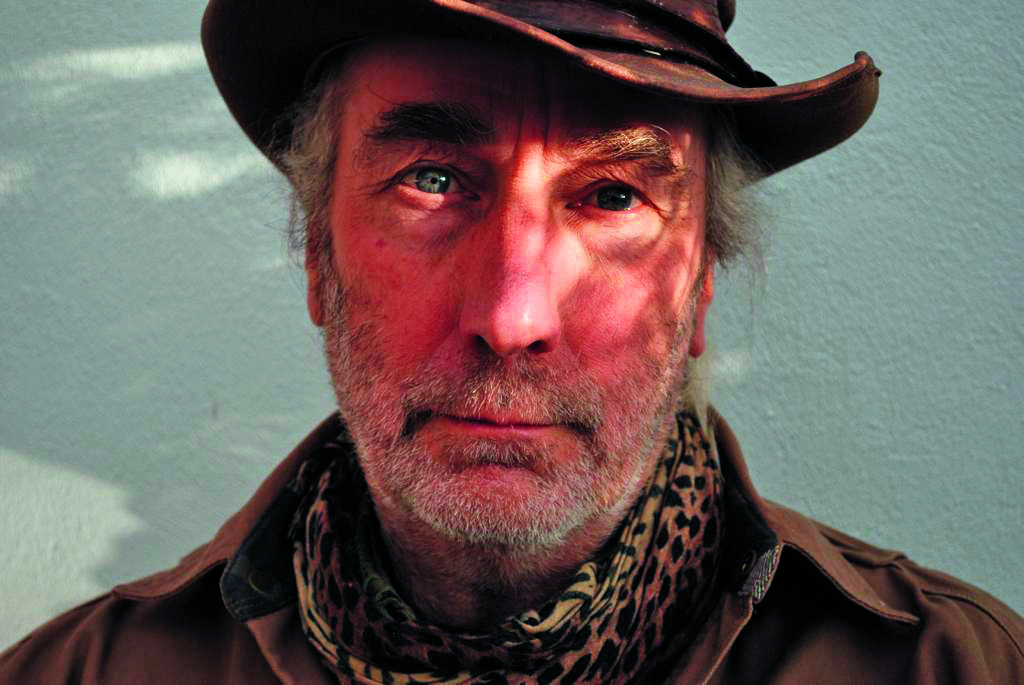When is The Green Planet on TV?
The Green Planet was first broadcast from early January 2022, with the first episode ‘Tropical Worlds’ airing on Sunday 9th January at 7pm on BBC One. All episodes are available to watch on BBC iPlayer after they have aired.
Attenborough recently presented two other programmes which aired in late December 2021 and early January 2022: Attenborough and The Mammoth Graveyard and Attenborough's Wonder of Song.
There are five episodes in The Green Planet series:
Episode One: Tropical Worlds
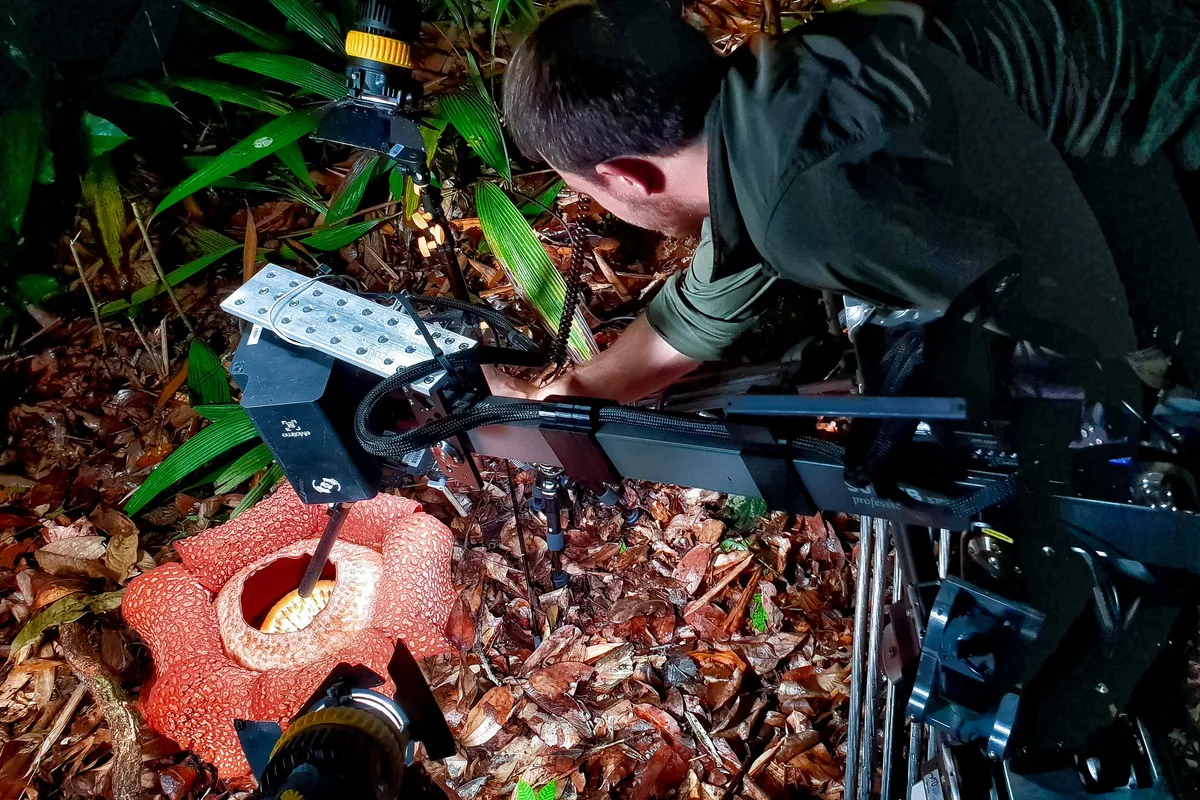
The greatest trees of the rainforest rise above the canopy, monarchs of all they survey and favoured targets of the sunlight. When a giant tree falls, it’s disaster for the fallen tree (albeit one that comes at the end of a long life) but it is the opportunity of a lifetime for many other species that seek to fill the space. With the wet warmth of the rainforest, a giant’s fall sparks a detonation of new life.
Read our exclusive interview with episode 1 producer and director Paul Williams
Episode Two: Water Worlds
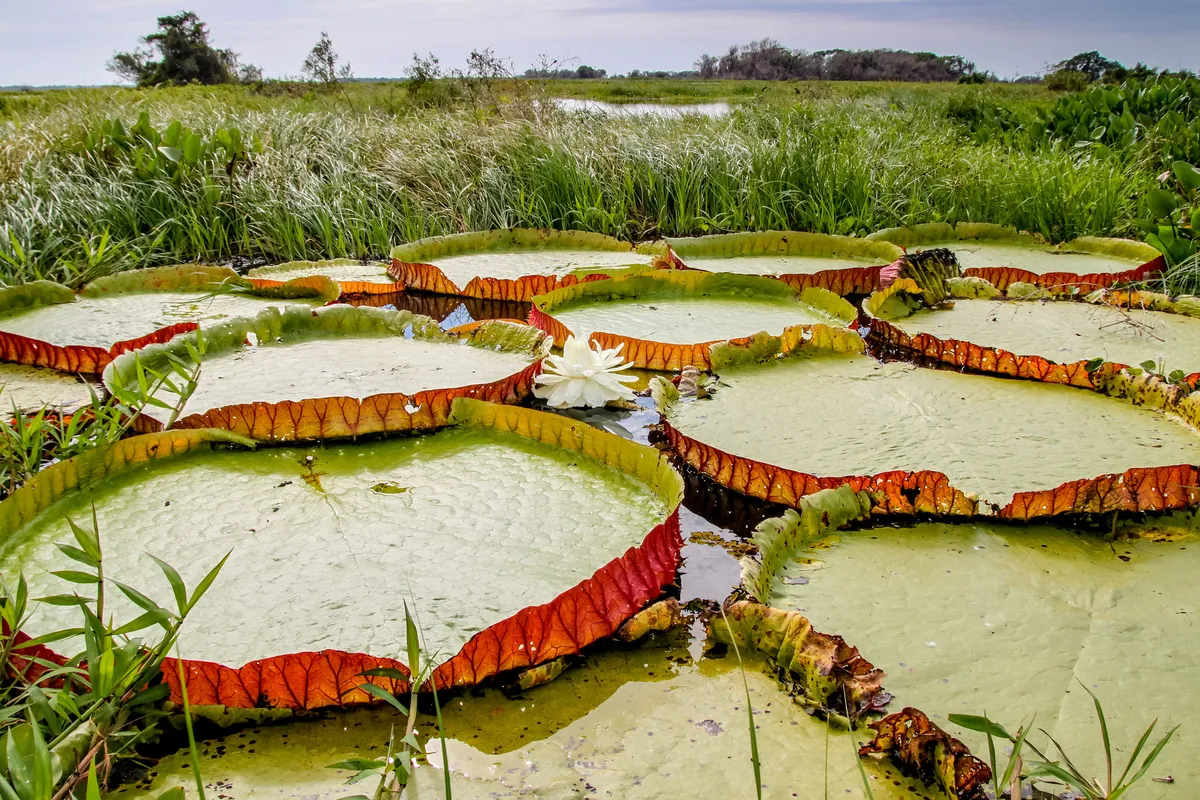
Life on land was made possible for animals because the plants got there first. But as life developed some animals returned to the water, becoming otters and whales, and some plants made the same journey, giving us lotuses, lake-covering duckweed and rolling spheres of algae.
Read our exclusive interview with episode 2 producer and director Peter Basset
Episode Three: Seasonal Worlds
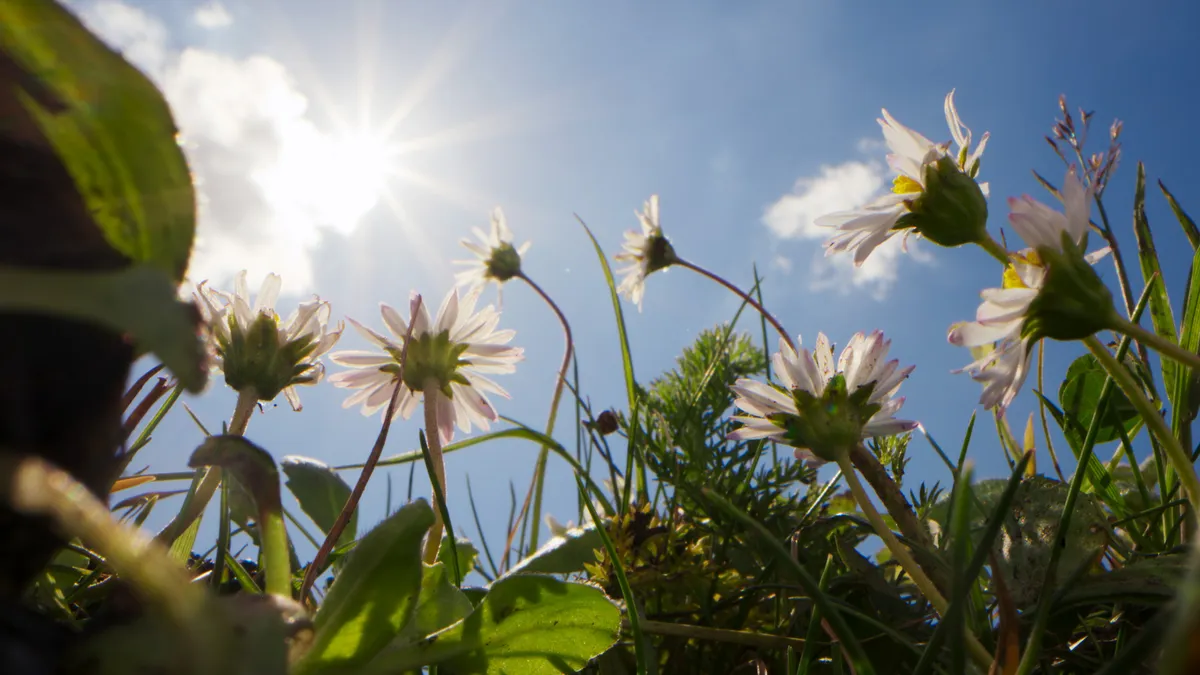
Those of us who live in the seasonal lands take the annual rhythm for granted, reserving our wonder for deserts and rainforests. But the top-to-bottom change of a wild British landscape from one season to the next is one of the greatest miracles of life on Earth: from a frozen hell to a lush green heaven in the course of a few weeks.
Read our exclusive interview with episode 3 producer and director Rosie Thomas
Episode Four: Desert Worlds
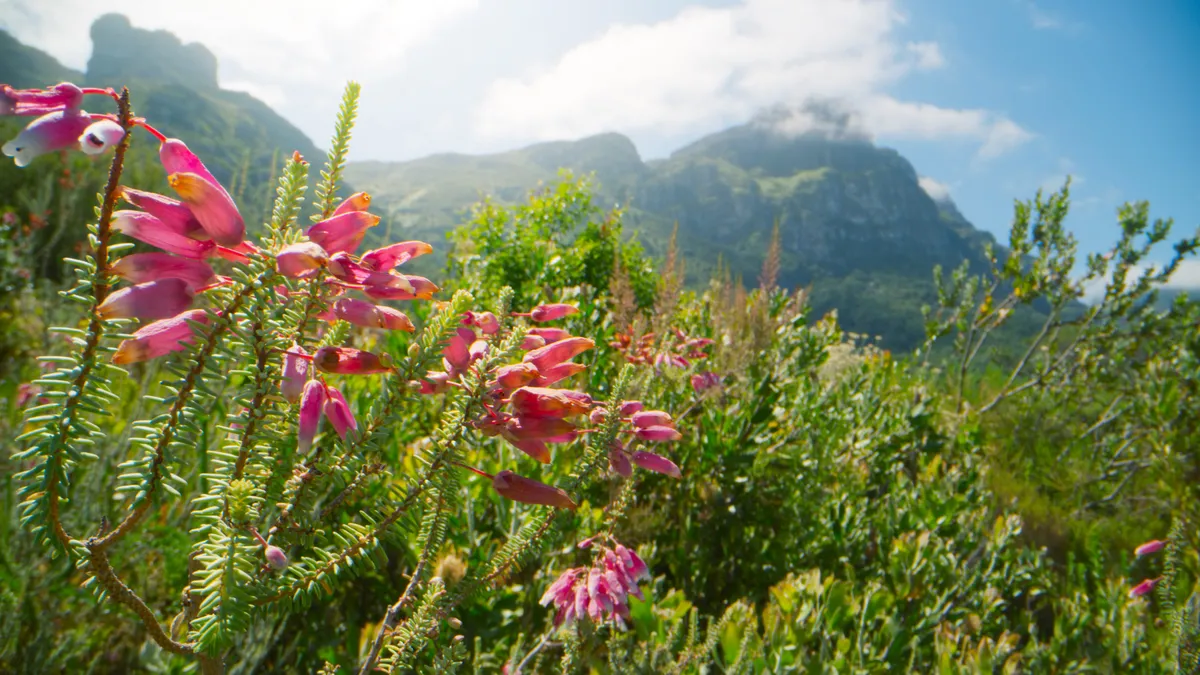
Plants die without water, as anyone who has ever grown a geranium in a pot knows. So how do plants survive in deserts? Many hoard water inside themselves, such as cacti, which protect this most precious of resources with their spines. But others have different strategies that make the impossible lifestyle work.
Read our exclusive interview with episode 4 producer and director Paul Williams
Episode Five: Human Worlds
The relationship between humans and plants is the story of life on Earth. We are now close to believing that we can move outside the natural processes: that we have outgrown nature. The extent to which that is a) true, and b) desirable is the subject of the final episode, in which despair and hope fight for mastery.
Watch the trailer for The Green Planet:
Please note that external videos may contain ads:
What is The Green Planet about?
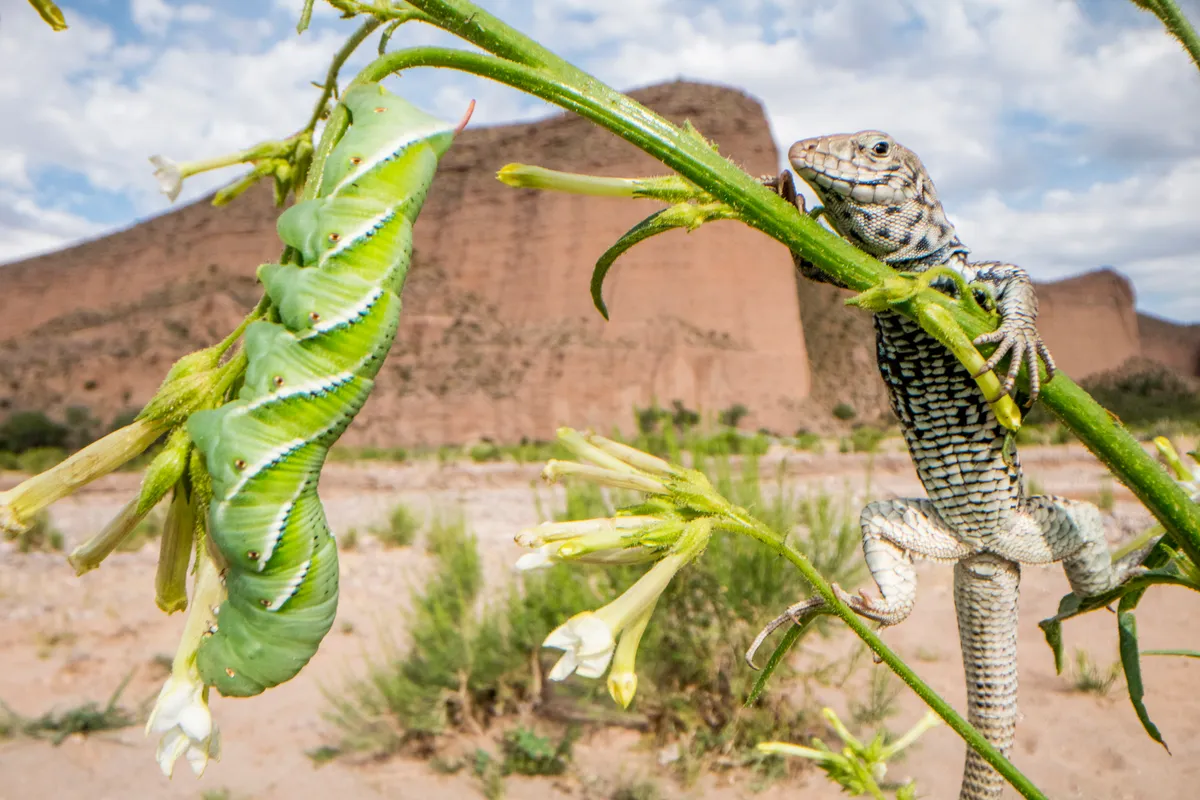
Life, and our endeavour to understand the way it works on this planet, is certainly the greatest of all subjects. And, for decades, it’s been taught to us by the greatest of all teachers.
Attenborough started to show and explain the nature of life on Earth in 1954 with the first Zoo Quest programme, and continues to do so to this day. The Green Planet is a five-part series on the organisms that make every other kind of life possible: plants. The most savage carnivore and the most committed of vegetarians equally owe their lives to plants. And, once again, we have Attenborough to expound on these wonders. In this relatively brief and inevitably brilliant series, he not only supplies the commentary, in that voice we know as well as our own, but he’s back doing what he does best: popping up all over the world to show and explain.
Perhaps the most important thing this series shows us is the primacy of plants. Many of us with a taste for wild things turn to birds or mammals or insects; groups of species that are obvious, that move, that are a bit like us – things we can empathise with. It’s not so easy to empathise with an oak tree. When television turns to wildlife it has traditionally made animals the stars, partly because we’re animals ourselves, so have an instant feeling of fellowship, and partly because animals do exciting things like fight, fly, leap about, kill each other and have sex.
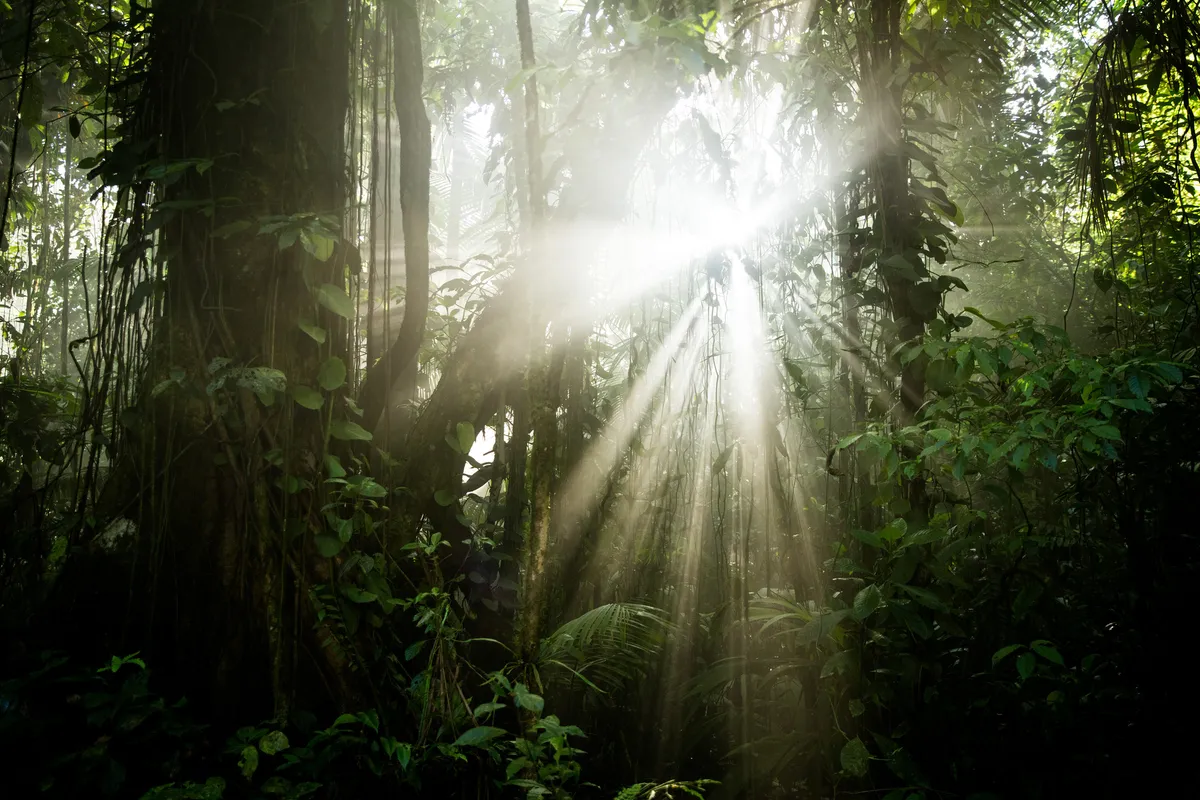
But none of these things would happen without plants. Thanks to the great advances in technology, we’re now treated to vivid sequences showing us plants that do indeed move, attack each other, kill animals and, yes, have sex – even if it’s not quite the same way that we do.
We live on a planet of wonders. Attenborough shows us in one sequence how the Venus flytrap can count. In another sequence, we see how plants communicate. They use a network of fungal threads to send each other messages of warning, so a plant attacked by predators can tell its neighbours to prepare their defences.
Who is Sir David Attenborough?
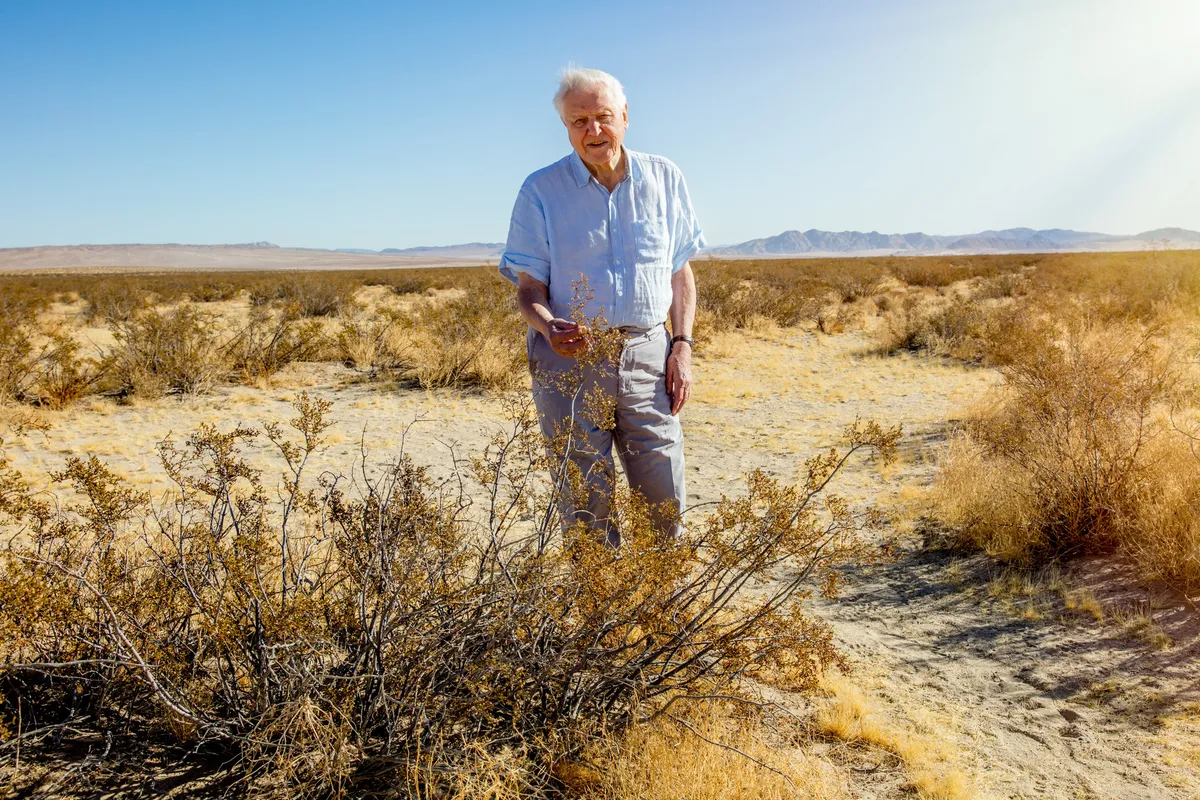
Sir David Attenborough is a world-renowned TV broadcaster and conservationist, who has presented numerous natural history series across a number of decades, with recent programmes including A Perfect Planet, David Attenborough: A Life on Our Planet, Our Planet, and Extinction: The Facts.
Main image: Sir David Attenborough surrounded by Saguaro Cacti, Carnegiea. Sonoran Desert, Arizona, USA. © Paul Williams
